The Runt of the Litter: Cobalt completes lithium-ion trifecta
Published 18-NOV-2016 11:41 A.M.
|
7 minute read
Hey! Looks like you have stumbled on the section of our website where we have archived articles from our old business model.
In 2019 the original founding team returned to run Next Investors, we changed our business model to only write about stocks we carefully research and are invested in for the long term.
The below articles were written under our previous business model. We have kept these articles online here for your reference.
Our new mission is to build a high performing ASX micro cap investment portfolio and share our research, analysis and investment strategy with our readers.
Click Here to View Latest Articles
Cobalt has never been the most glamorous of metals.
A chemical element used as a specialty ingredient in the manufacture of precision parts in aircraft, industrial machinery and other tools, Cobalt even has a radioactive variant that is used in the treatment of cancer, while yet another of its derivatives is used to impart colours on surfaces such as glass and ceramics.
Cobalt has led a pretty sheltered existence and its market value has led to more sighs than highs.
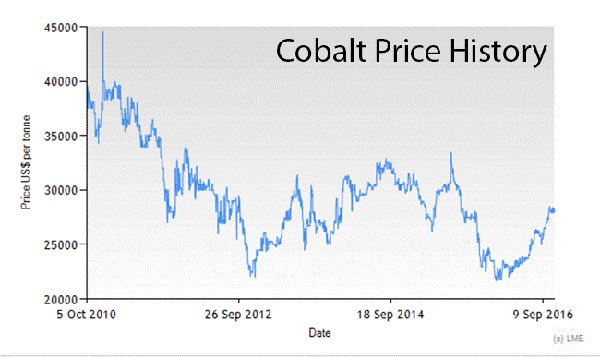
Since 2010, cobalt prices have remained in a broad downtrend on the back of oversupply from its two major producing nations (Democratic Republic of Congo (47%) and Australia (15%), although the price of high-grade cobalt is currently around US$25,000 per tonne and climbing.
It should be noted that for political and social reasons, any stock mentioned in this article operating in the DRC is classified as very high-risk. Getting mining projects up and running in countries such as the DRC is no simple feat, and there may be challenges ahead.
As suggested above, this year the tide has turned and in 2016 cobalt prices have risen 30% giving companies such as Alloy Resources Limited (ASX:AYR) and the soon-to-be-listed Cobalt Blue, who will list with the ticker code COB, a strong indication that they may be in the market at the right time.
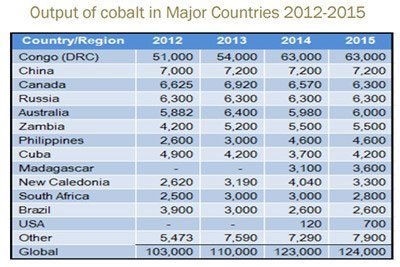
The possible reason for the recent hype, and consequent spill over into market prices, has very possibly been the emergence of a revolutionary method of storing and using energy – lithium-ion batteries – carrying the potential to transform entire industries into cleaner and more efficient versions.
Some market analysts have hailed the emergence of lithium as a “white gold rush” with the tangible potential of liberating energy consumption and storage. Trailblazing companies such as Tesla (and a host of Chinese emulators in tow) are driving towards an entirely different energy future that is built on more efficient storage compared to fossil fuels – electricity. The Tesla effect has the potential to shift how the world thinks about energy and, therefore, could affect the values of key raw materials required for an energy-efficient future.
In a throwback to Ford’s historic launch of the Model T in 1908, Tesla’s Model 3 launch last year could potentially repeat the feat of revolutionising how people get around and transforming mass transport in the 21st Century, the same way Ford’s Model T did in the 20th Century.
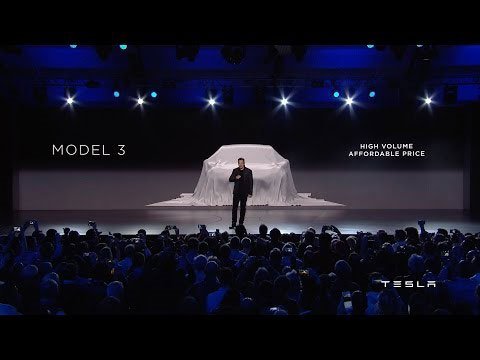
So how has this white gold rush affected the market? Let’s look to China.
Chinese chestnut
China accounts for nearly half of global refined cobalt production and relies on imports of raw materials. It is not a surprise that changes in imports and stocks of accumulated feed have a tremendous impact upon the global cobalt market.
Demand is forecast to grow at a higher rate than supply although it is likely to take several years for recent oversupply and stockpiling to be reconciled, therefore keeping prices stuck in their tight ranges over the medium term.
With oversupply still lingering within the market, a de-facto cap on prices could eventually dissipate and unleash a cobalt boom in similar fashion to lithium and graphite.
In Australia, several cobalt companies are pursuing cobalt exploration at varying degrees of progress. Cobalt Blue is a cobalt exploration and development company with a focus on developing the Thackaringa Cobalt Project in New South Wales. Cobalt Blue is currently raising money to progress its cobalt exploration plans. Another small-cap cobalt explorer looking to grow its business on the back of a potential cobalt boom is Tiger Resources (ASX:TGS). From the mid-caps, Metals X (ASX:MLX) stands out as the prime Aussie cobalt exploration company, currently operating in the Central Musgrave Ranges.
In May 2016, China Molybdenum announced its plans to purchase Freeport McMoRan’s interest in its TF Holdings Limited for US$2.65 billion which would make it the largest producer of cobalt in the world.
Various market estimates suggest the global cobalt market could grow at a CAGR of around 10% over the coming 5 years. This is modest growth and far less frothy than other lithium-ion battery components.
One other metal that’s being ignored to a relative extent, and one that could be making an appearance on the battery front in a big way, is zinc. Zinc is the third most mined metal globally and its price has escalated in 2016 as the possibility of zinc being preferred as a possible battery element have surfaced.
What is Cobalt?
Cobalt is a hard, shiny and grey metal, appearing in the Periodic Table between iron and nickel. Today, cobalt has many strategic and irreplaceable industrial uses because of its unique properties; a high melting point (1493°C) and retaining its strength to a high temperature; being ferromagnetic with a high thermo-stability and being multivalent, thus enhancing catalytic action. Cobalt is the 33rd most abundant element in the earth’s crust and global reserves are estimated at around 7 million tons.
With cobalt, it is generally processed as a by-product of processed nickel and copper ores. Cobalt and its alloys find application in numerous industries such as battery chemicals, super alloys, defence and other catalysts.
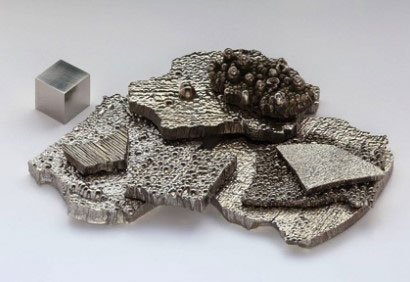
The Lithium trifecta
Cobalt represents the third ingredient in the lithium-ion battery trifecta which already includes graphite and lithium. It would seem that for a new energy future to emerge, the future supply of all three of these commodities must rise substantially to meet the expected demand from battery manufacturers such as Panasonic and Tesla.
Both lithium and graphite prices have spiked in recent months, taking early-stage explorer valuations higher and raising the amount of exploration being done for these commodities exponentially.
The exploration rushes that have overwhelmed graphite and lithium markets have failed to materialise in the market for cobalt – although this could change over time as historic oversupply gradually leaves the market. New supply is far from plentiful although demand expectations remain just that – expectations.
Cobalt market themes
One of the biggest factors threatening to influence future cobalt supplies (and prices) is the ongoing political uncertainty in the Democratic Republic of Congo (DRC), where 47% of the world’s cobalt ore come from.
Also, cuts to metal production at Glencore’s Katanga Mining in the DRC last September and at Votorantim in Brazil in May have jolted the eerie calm in cobalt prices.
Cobalt prices have remained in a state of unparalleled lethargy, with low-grade prices range-bound between $10 and $11 per pound, while high-grade cobalt trades at around $12-13 per pound.
Yet, by 2020, cobalt prices are expected to reach U$20/lb.
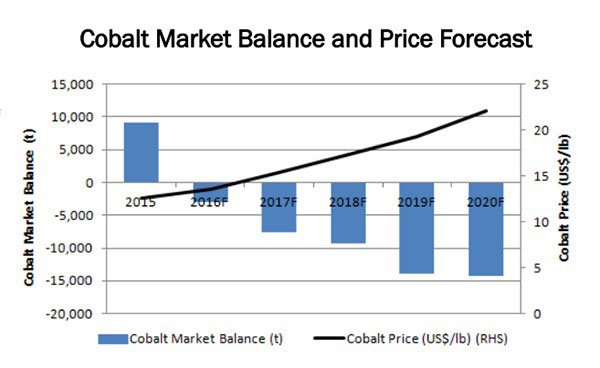
It should be noted though that commodity prices do fluctuate and there is no guarantee these rises will continue to occur. Investors who are looking at stocks in this sector, should take a cautious approach and seek professional financial advice.
Battery effect
Cobalt consumption growth has outperformed that of several other metals due to unprecedented demand from the chemical sector – or in other words, the chemicals used in lithium-ion batteries.
In recent years, demand from this sector has benefited from ample availability of material and low prices while consumption from metallurgical sectors has risen at more modest rates. With high-tech applications that use cobalt being subject to unforeseeable technological development, the question is whether the chemical sector will continue to grow at rates seen in the recent past.
Refined or unrefined?
An important factor to distinguish if investing in cobalt stocks is the difference between metallurgical and non-metallurgical refined cobalt.
In the last two years, there has been a growing asymmetry between the market for refined cobalt products and that for cobalt raw materials. Whilst the market for concentrates and intermediate products is tightening, a combination of expanding metal producing operations and weaker-than-expected demand leads to a well-supplied metallurgical market.
A runt of the litter or much more?
Historic cobalt oversupply has put significant pressure on prices for more than three years but the market may now be turning a corner.
There has been a visible improvement in market sentiment across the board: cobalt prices have been trending up since the beginning of the year; the nickel price rally has favoured nickel-cobalt producers; demand from rechargeable batteries used in consumer electronics continues to be robust; the prospect of a booming Electric Vehicle market generates further upside potential.
Cobalt is currently the runt of the lithium-ion litter, although this could change over the coming years as an alternative means of meeting global energy needs emerges to take over from fossil fuels.
General Information Only
This material has been prepared by StocksDigital. StocksDigital is an authorised representative (CAR 000433913) of 62 Consulting Pty Limited (ABN 88 664 809 303) (AFSL 548573).
This material is general advice only and is not an offer for the purchase or sale of any financial product or service. The material is not intended to provide you with personal financial or tax advice and does not take into account your personal objectives, financial situation or needs. Although we believe that the material is correct, no warranty of accuracy, reliability or completeness is given, except for liability under statute which cannot be excluded. Please note that past performance may not be indicative of future performance and that no guarantee of performance, the return of capital or a particular rate of return is given by 62C, StocksDigital, any of their related body corporates or any other person. To the maximum extent possible, 62C, StocksDigital, their related body corporates or any other person do not accept any liability for any statement in this material.
Conflicts of Interest Notice
S3 and its associated entities may hold investments in companies featured in its articles, including through being paid in the securities of the companies we provide commentary on. We disclose the securities held in relation to a particular company that we provide commentary on. Refer to our Disclosure Policy for information on our self-imposed trading blackouts, hold conditions and de-risking (sell conditions) which seek to mitigate against any potential conflicts of interest.
Publication Notice and Disclaimer
The information contained in this article is current as at the publication date. At the time of publishing, the information contained in this article is based on sources which are available in the public domain that we consider to be reliable, and our own analysis of those sources. The views of the author may not reflect the views of the AFSL holder. Any decision by you to purchase securities in the companies featured in this article should be done so after you have sought your own independent professional advice regarding this information and made your own inquiries as to the validity of any information in this article.
Any forward-looking statements contained in this article are not guarantees or predictions of future performance, and involve known and unknown risks, uncertainties and other factors, many of which are beyond our control, and which may cause actual results or performance of companies featured to differ materially from those expressed in the statements contained in this article. S3 cannot and does not give any assurance that the results or performance expressed or implied by any forward-looking statements contained in this article will actually occur and readers are cautioned not to put undue reliance on forward-looking statements.
This article may include references to our past investing performance. Past performance is not a reliable indicator of our future investing performance.
